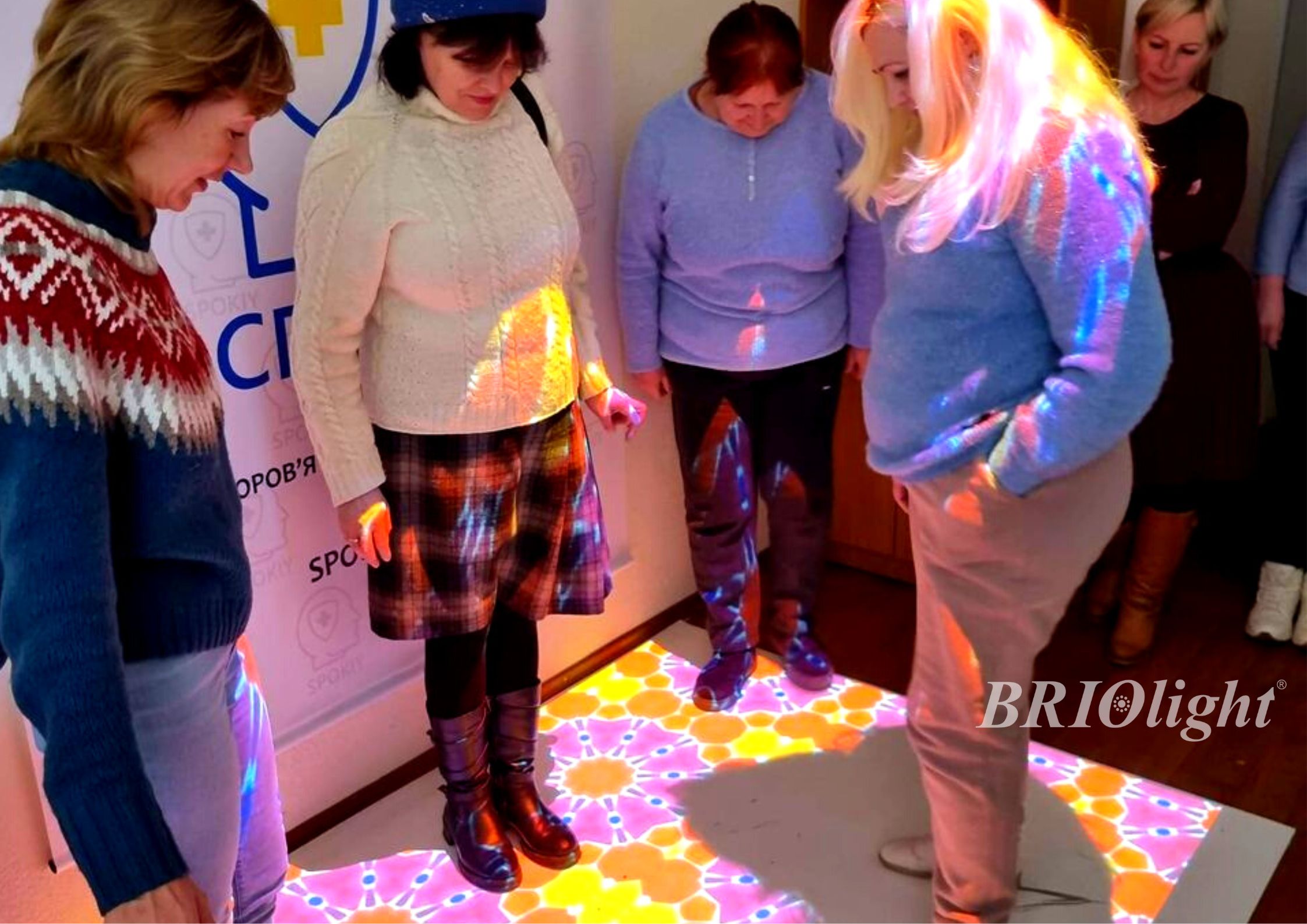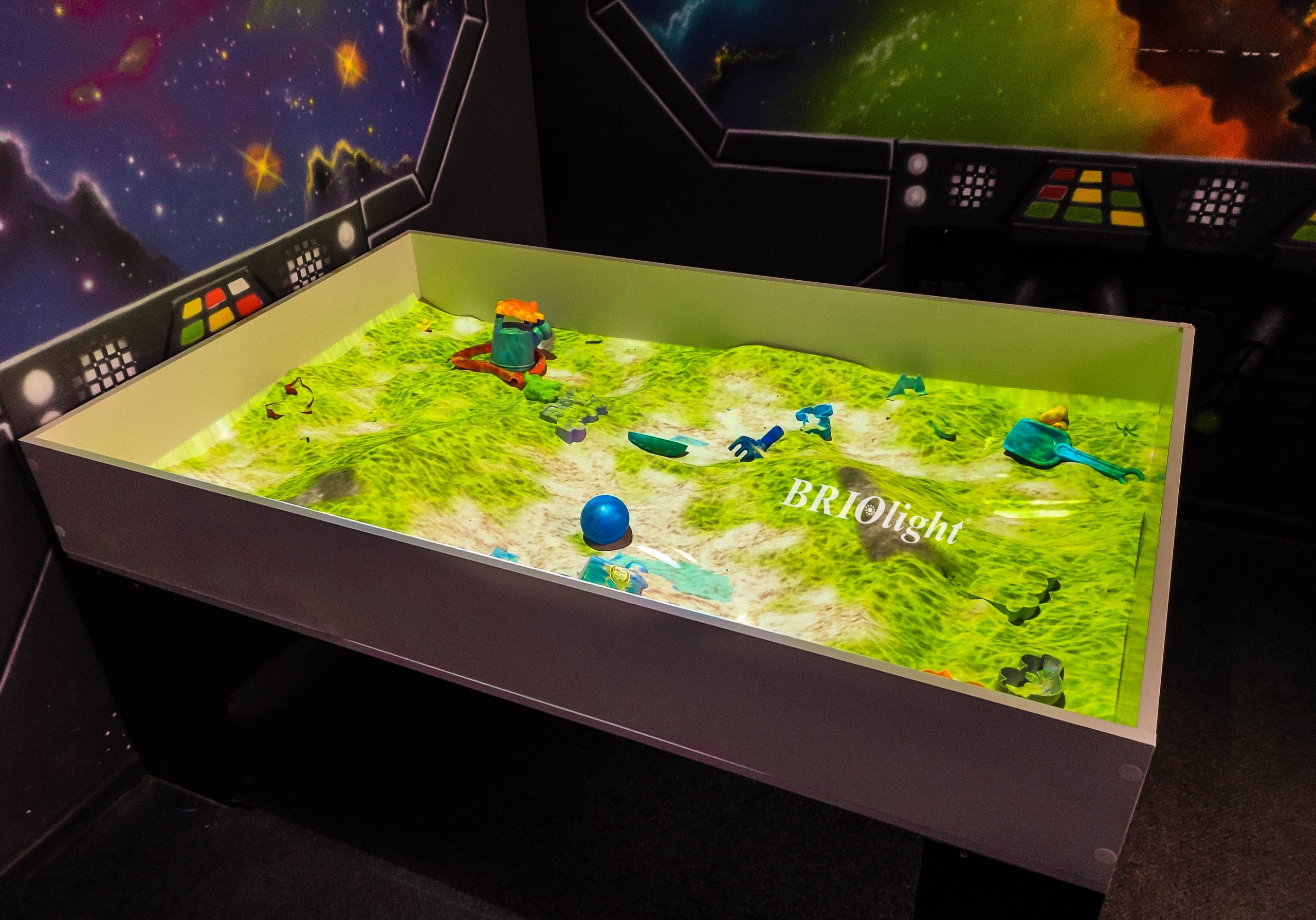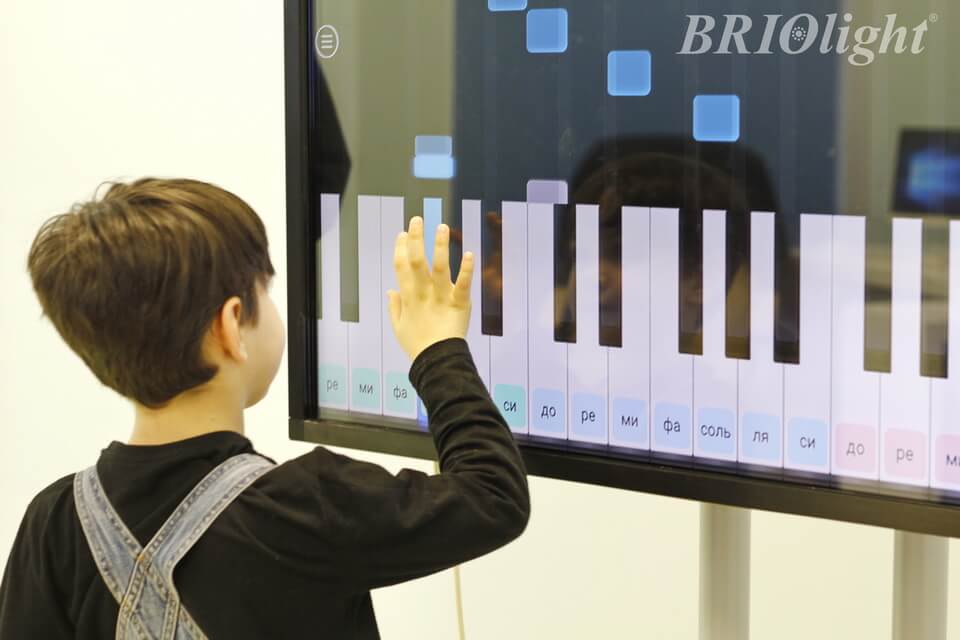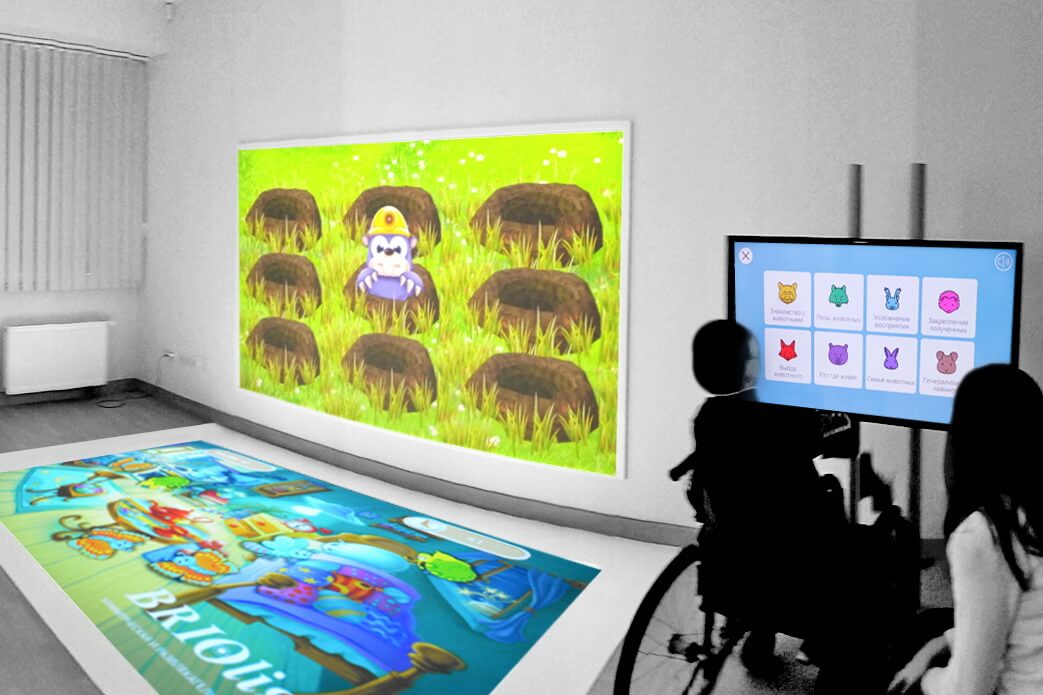Conversation during sand therapy
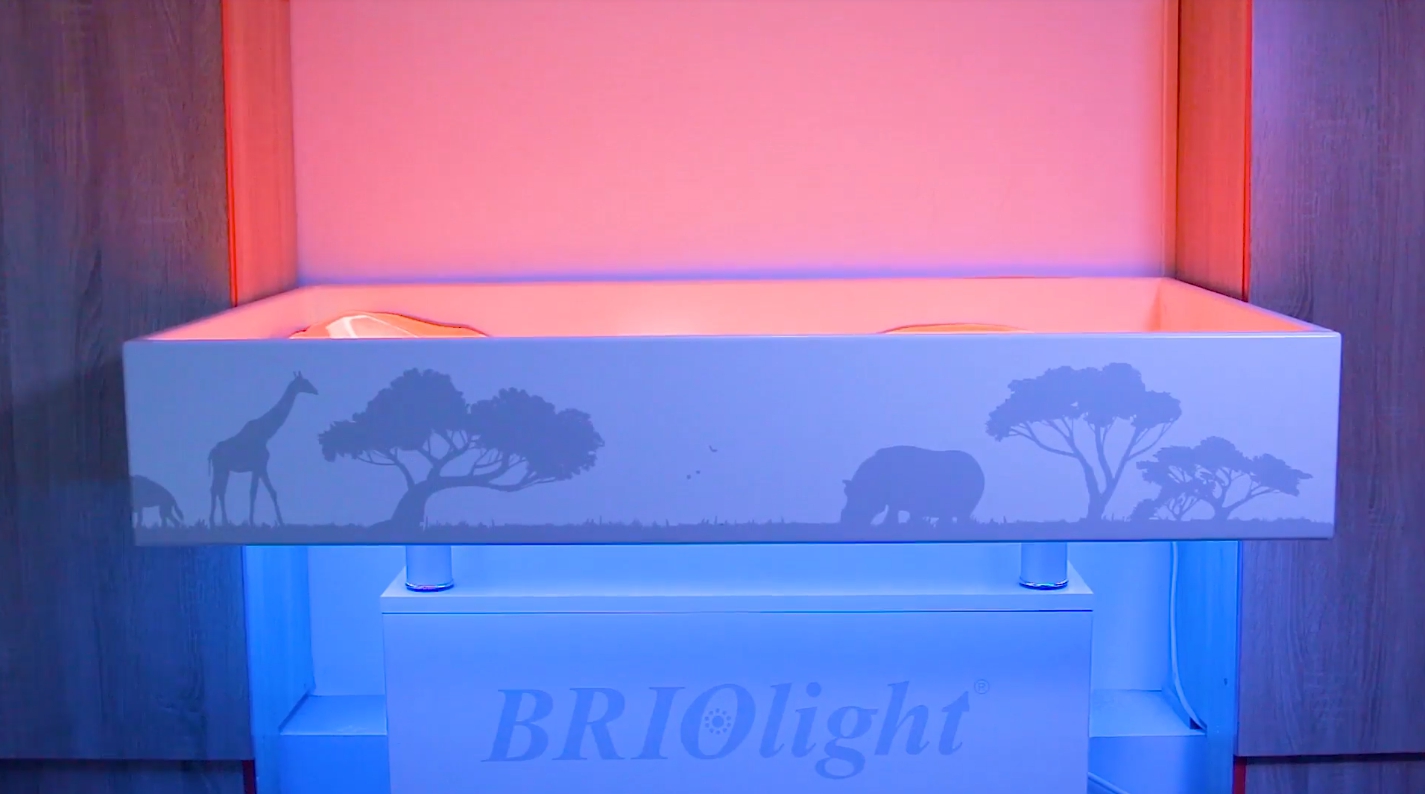
In the photo – Briolight interactive sandbox
Before starting sand therapy with an interactive sandbox, a specialist needs to “introduce” the child to work with sand. The following technique is usually used: “Imagine that it is a desert where no human foot has ever set foot. And you can do anything here. Create your ideal world / recreate the best day of your life / build what you want and more ”. This instruction will help the child to transfer their fears, feelings, disposition from the real world to the sandbox.
Realizing fantastic plots on the sand, the child unconsciously gains experience in solving life situations. Modern, interactive lighting will help your child better immersed in the created world.
When the specialist “introduced” the child to the sandy environment, the conversation does not stop. When the child builds his plot (and sometimes during this process) you need to expand the instructions or ask questions:
- “If you do not have enough figures, you can go and take from the shelf / box”
- “If there are extra figures in the sand – remove them”
- ” Tell us about what you created. What kind of country is it, who lives in it? ”
- “What is the character of the heroes of your plot / world / city? How did they get here? ”
- “In what relationship are your characters?”
- “Is everyone well in your world? If not, how can we solve his problems and make everyone feel good? ”
- “What will happen in the plot next? What are your heroes’ plans for the future? ”
Sometimes in a sand therapy session you can ask all these questions at once, and sometimes one question needs to be done several times in a row. The specialist needs to balance between the issues that motivate him to make changes and that help to understand what is happening now. A useful experience for the child will make it clear that the figures are added, moved, make changes to the plot, remove what is no longer needed and solve problems.
Sometimes a child does not want to change anything. Here it is important to understand, this picture reflects the internal stability and absence of unresolved conflict OR fear of change, the view that existing problems cannot be solved.
The created situation needs to be worked out until the child will tell that now all is good. This is a guideline that internal conflicts and tensions have been “processed” on an unconscious-symbolic level.
The result of the lessons can be of two types:
- Some changes are noticeable in the child’s behavior, and he transfers his “sandy” experience to real life and the situations around him.
- The child is still depressed, which indicates a deep problem and its solution is not “ripe”. Then the psychologist needs to prove in conversation that there are situations in life when no one can help, and you need to protect yourself. In this way, psychological resilience is enhanced and we “turn on” unconscious defense mechanisms. And after 3-5 lessons the problem will be more likely to be solved.
Yes, properly building a conversation with a child during sand therapy on an interactive sandbox, a specialist can achieve significant results to solve its internal problems.





